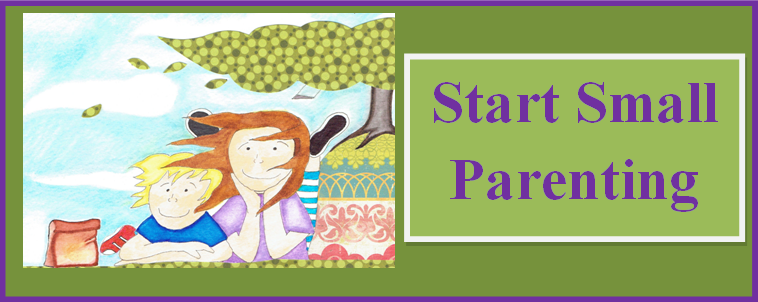 I have often caught myself using wants and needs with my son.
I have often caught myself using wants and needs with my son.
“Zed, I need you to take out the trash,” or “I want you to stop playing that video game.”
These statements seem pretty harmless. They will often jump start Zed into doing what I ask. However, by using want or need, it sounds like I want or need something personal for myself. This is not the message I am trying to get across.
What I really want to make sure Zed knows is that it is his responsibility to do his chores or follow the rules.
Here’s another way:
“Zed, it’s your responsibility to take out the trash.”
“Zed, the rule is: No video games on a school night.”
The message is clear. Zed has certain responsibilities as part of our family. He follows through, not because I want him to, but because it is the responsible thing to do. He also seems to respond better to my requests when I take myself out of the request.
This is one parenting tip that I have used over and over until now it’s part of our family system.
See if you can catch yourself this week. When do you find yourself using the personal “want” or “need”? What more could you be teaching your child just by simply re-phrasing your requests, helping them to clearly see their responsibilities?


This is spot on, Annie. Parenting is a great teacher and I see places this shows up in my non-parenting life, too!
You bet. The “I want” part is just plain rude. And the “need” part is poor modeling in most cases, whether we need them to or whether we tell them they need to.
So True Annie. I agree with this insight 100%.
Great to hear your comments. The first step for me, is bringing this to my awareness. The second step is practicing it. And, yes, in all areas of my life.
Don’t forget to use “get to” as well…like this ” hey Zed…you get to feed the dog now or in 5 minutes..your choice”…nice spin
Annie, I’m enjoying and learning from your posts. I’ve tried this with the boys with mixed results on camping and ski trips. “You are responsible for making sure that all your things are packed, and we won’t be able to leave until everyone is ready.” The connection to the consequence is very direct, and not something a parent invents. Unfortunately, this can result in a much shorter day on the slopes!
Marshall Rosenberg ( http://en.wikipedia.org/wiki/Marshall_Rosenberg ) lays out a template for effective non-violent communications in his philosophy of NVC. Understanding Maslow’s hierarchy is an important part of that.
Expressing our ‘need’ is often the most difficult thing we do in communications. Since all needs are universal – it’s not a bad thing to be able to express your need to someone – because it allows them to identify with what it is you’re trying to accomplish.
Identifying our needs is the key. Most often, we mislabel our STRATEGIES as our needs. This is what leads to confusing and often violent communications.
Our needs never conflict with one another. Our strategies for meeting those needs. sometimes do.
In addition to communicating non-violently, it is just as useful to be able to LISTEN non-violently. Perhaps even more so. Especially when someone is yelling at you, or berating for you. It takes a great deal of inner calm, to be able to listen for the need, behind the poorly stated strategy.
Ric: Great to meet you! Thanks so much for your reply and helping to clarify the use of “need” here. When I use “want” or “need” in the above example, I am trying to “get my son to do something” – and and that’s an ineffective strategy. The real need for me is to have the household run smoothly and everyone take responsibility for their agreed upon chores. That’s a great distinction.
It is a practice to EXPRESS the need and, even harder sometimes, to be able to IDENTIFY the underlying need in the first place. I love NVC for this.
I enjoyed this post by Nicole Horne of A Child Grows in Brooklyn – tinyurl.com/d2vpj3q – on her understanding of non-violent communication. She uses this acronym:
O F N R – Observation, Feeling, Need, Request. (saying to herself “Oftener” in order to remember this more often.)
I have a post on this coming out soon and would love your feedback. Please keep in contact. I’m LISTENING. 🙂